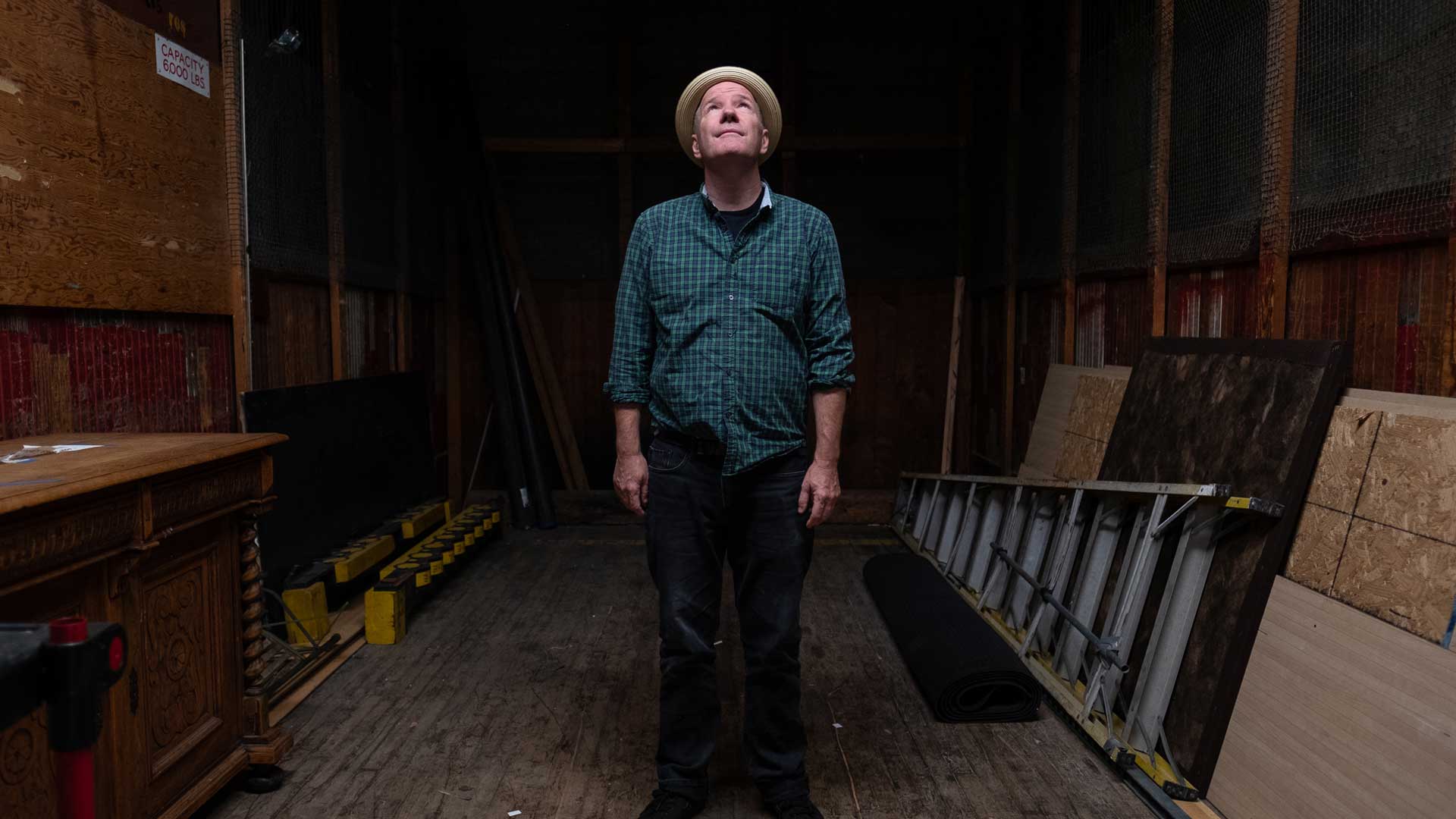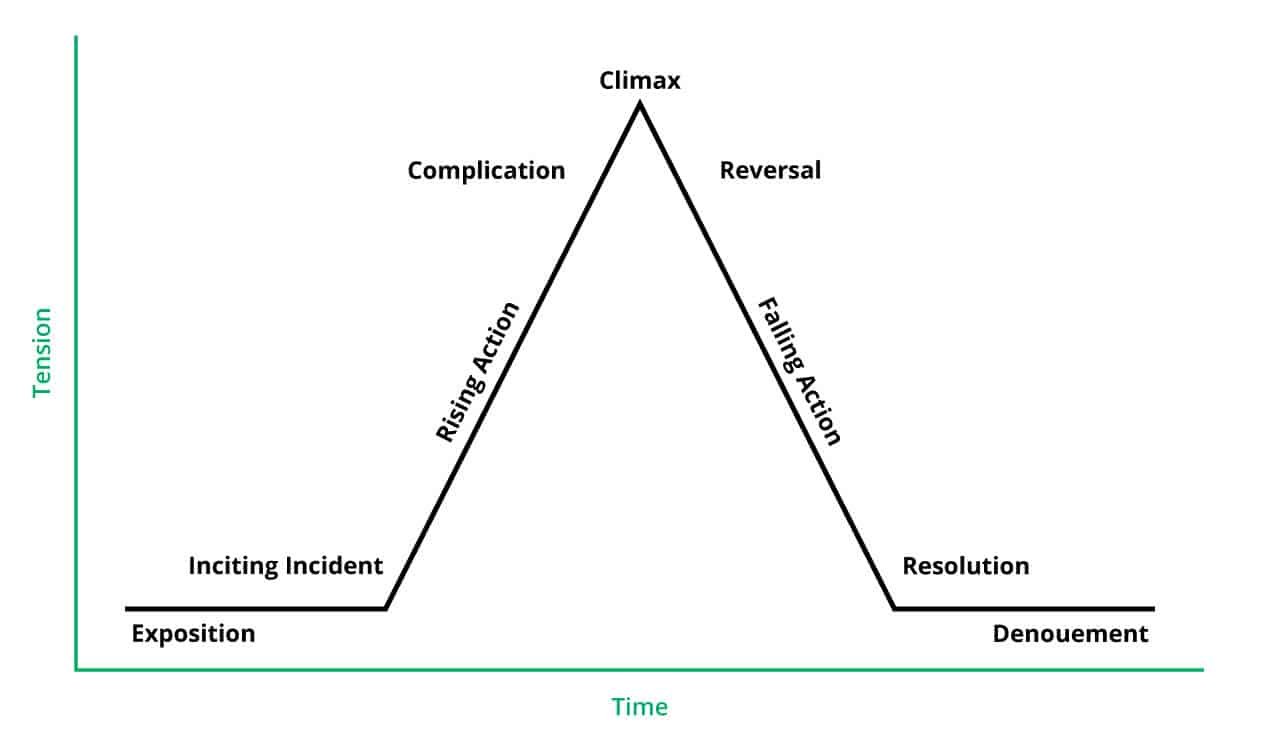
Rick Moody has storytelling down to a science. Over the course of a publishing career that is nearing its third decade, Moody has written novels (The Ice Storm, The Four Fingers of Death), collections of stories (Demonology, The Ring of Brightest Angels Around Heaven), music criticism (On Celestial Music) and memoirs, including the award-winning The Black Veil and his latest book, The Long Accomplishment: A Memoir of Struggle and Hope in Matrimony.
Moody was in town to promote his new memoir with a reading at Elliott Bay Book Company, conveniently located across the street from 2A’s offices. Knowing that he was coming to Seattle and that he probably had time to kill before his reading, we invited him to share his insights about the art of storytelling with our team. 2A specializes in storytelling for business and we figured we could learn something from this master storyteller, who has also sustained a long teaching career, currently at Brown University.
Moody didn’t disappoint, to say the least. He opened our conversation with the classic diagram you spot on whiteboards in many a writing workshop, sometimes referred to as Freytag’s triangle, which charts the passage of narrative tension, climax, and denouement over time:

Pretty basic stuff so far. Then Moody challenged this model, which, he noted, served a nineteenth century understanding of the novel. Jane Austen, the Brontës, Charles Dickens, Thackeray et al wrote works that all, more or less, conformed to the readerly expectations set forth in this model. Conflicts are introduced, complications arise, a false climax is followed by a reversal, the real climax happens, and then the novel gracefully concludes with order restored.
In the early twentieth century, the rise of modernism in works from James Joyce, Virginia Woolf, TS Eliot, et al, introduced narrative subjectivity to storytelling. Writers became more concerned with the vagaries of individual conscious minds. And once writers began to perceive the pattern of conflict, rising action, climax, and denouement, they started considering it formulaic and contrived, and so sought a new engagement with literature.
Moody also noted that the Freytag’s triangle model of storytelling conveyed an excessively male vision of how the world works, at which moment the white board Moody was writing on collapsed, in what can only be described as exquisite timing.
According to Moody, the evolution of storytelling took a turn with the works of Russian writer Anton Chekhov, whose literary innovation was the “slice of life.” These were stories that didn’t deliver climactic scenes or tidy resolutions; instead they gave us glimpses into the everyday lives of characters.
Still, Moody was unsatisfied with the slice of life model of storytelling. So he developed an equation that he believes distills the art of storytelling to its essence. It looks like this:
S = t(B) ÷ Cn
Stories (S) equal time (t) acting on bodies (B) divided by consciousness, which can be multiplied by an infinite number.
Let’s break that down a bit further. Stories are about change, which necessarily involves the passage of time. Time only passes in relation to subjects (bodies). This process is governed by consciousness, which is the narrator. Adding multiple narrators or points of view slows time down.
We steered the conversation toward marketing narratives, asking what from literary storytelling we can apply to our work crafting narratives for businesses. Moody asserted that whether delivering the narrative in the form of a novel or an ad campaign, the same guidelines apply. Stories are about the transformation of people over time, filtered through a particular consciousness or set of conscious perspectives, and we perceive narratives in the realm of marketing campaigns this way, too.
Moody’s visit marked the first of a planned series of author and artist talks at 2A, where we seek to broaden our understanding of storytelling and grow as storytellers. Our office used to be a car dealership and features a comically voluminous freight elevator with the capacity to lift 6000 pounds. We chose this as the setting for the first of a series of artist portraits to commemorate this series. As for a name, we’re calling it 2A’s Elevating Stories series, in a nod to both this fun feature of our building and for the manner by which our visitors raise the bar on storytelling craft.
Our thanks to Mr. Moody for the enlightening and generous conversation. Be sure to check out his newest, The Long Accomplishment: A Memoir of Struggle and Hope in Matrimony, available at Elliott Bay Book Company and everywhere books are sold.

